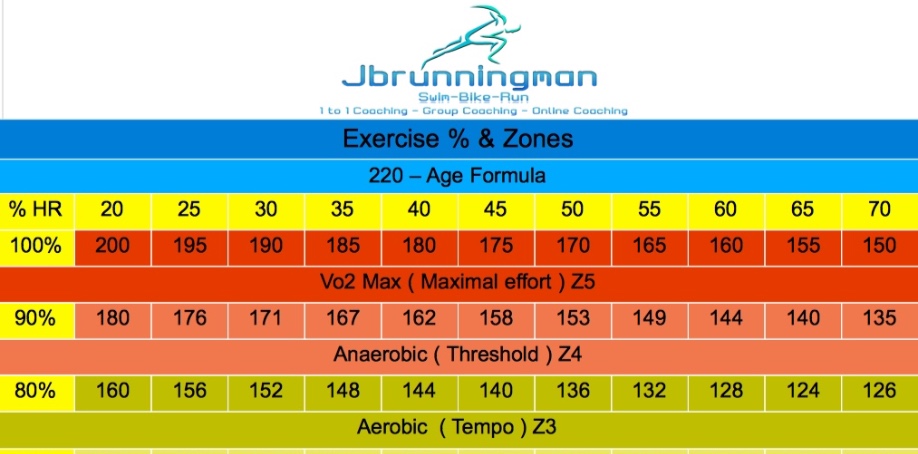Benefits of Zone 2 Training
Injury prevention, August 28, 2023
In summary, zone 2 running offers numerous physiological benefits, including improved aerobic capacity, fat utilization, mitochondrial density, capillarization, stroke volume, and endurance. It is often more sustainable and safer than high-intensity running, making it a crucial component of a well-rounded training program. Incorporating both zone 2 and high-intensity training can help individuals achieve a balanced and comprehensive approach to fitness and performance.

Zone 2 running, also known as aerobic or endurance training, is an important component of a well-rounded training program for athletes and fitness enthusiasts. This training zone is typically defined as working at an intensity where your heart rate falls between 60-70% of your maximum heart rate (MHR). Here, I will explain in detail why zone 2 running is beneficial and how it leads to various physiological adaptations compared to high-intensity running.
1. Improved Aerobic Capacity:
- Zone 2 running primarily targets your aerobic energy system. During this type of training, your body becomes more efficient at using oxygen to produce energy. This results in an increase in your VO2 max (maximum oxygen consumption) over time, which is a key indicator of your aerobic fitness.
2. Fat Utilization:
- Zone 2 training encourages your body to use fat as a primary source of energy. This is beneficial for weight management and endurance sports as it helps spare glycogen (carbohydrate) stores for more intense efforts or prolonged activities.
3. Mitochondrial Density:
- Mitochondria are the powerhouse of your cells and play a crucial role in energy production. Zone 2 running stimulates the growth and density of mitochondria in your muscle cells, enhancing your body's ability to produce ATP (energy) aerobically.
4. Improved Capillarization:
- Capillaries are tiny blood vessels that supply oxygen to muscle tissues. Zone 2 training helps increase the density of capillaries around your muscles, improving the delivery of oxygen to working muscles and facilitating the removal of waste products.
5. Enhanced Stroke Volume:
- Zone 2 running positively impacts your heart's stroke volume, which is the amount of blood pumped with each heartbeat. Regular aerobic training makes the heart more efficient, reducing the need for a higher heart rate during exercise and lowering the overall workload on the heart.
6. Better Endurance:
- Zone 2 running builds endurance by increasing your body's ability to sustain moderate-intensity efforts for extended periods. This is essential for long-distance races, endurance sports, and even everyday activities.
Now, let's explore why zone 2 running is more beneficial than high-intensity running in many cases:
1. Injury Prevention:
- High-intensity running, such as sprinting or HIIT (High-Intensity Interval Training), places significant stress on joints and muscles, increasing the risk of injuries. Zone 2 running is gentler on the body, making it a safer choice for long-term training.
2. Sustainable Long-Term Training:
- Zone 2 running is sustainable over extended periods, allowing you to accumulate more training volume without burning out. High-intensity workouts can lead to overtraining and fatigue, limiting your ability to consistently train.
3. Balanced Approach:
- Combining zone 2 training with higher-intensity workouts provides a balanced training regimen. Zone 2 work forms the foundation of aerobic fitness, which is essential for supporting high-intensity efforts in races and competitions.
4. Enhanced Recovery:
- Zone 2 workouts can serve as active recovery sessions, helping you recover from more intense workouts by promoting blood flow and tissue repair without causing additional fatigue.
5. Effective Fat Loss:
- Zone 2 training is excellent for burning fat, making it a valuable tool for individuals aiming for weight loss or body composition improvements.
In summary, zone 2 running offers numerous physiological benefits, including improved aerobic capacity, fat utilization, mitochondrial density, capillarization, stroke volume, and endurance. It is often more sustainable and safer than high-intensity running, making it a crucial component of a well-rounded training program. Incorporating both zone 2 and high-intensity training can help individuals achieve a balanced and comprehensive approach to fitness and performance.
Disclaimer
You should consult your physician or other health care professional before starting this or any other fitness program to determine if it is right for your needs. This is particularly true if you (or your family) have a history of high blood pressure or heart disease, or if you have ever experienced chest pain when exercising or have experienced chest pain in the past month when not engaged in physical activity, smoke, have high cholesterol, are obese, or have a bone or joint problem that could be made worse by a change in physical activity. Do not start this fitness program if your physician or health care provider advises against it. If you experience faintness, dizziness, pain or shortness of breath at any time while exercising you should stop immediately.
This site offers health, fitness and nutritional information and is designed for educational purposes only. You should not rely on this information as a substitute for, nor does it replace, professional medical advice, diagnosis, or treatment. If you have any concerns or questions about your health, you should always consult with a physician or other health-care professional. Do not disregard, avoid or delay obtaining medical or health related advice from your health-care professional because of something you may have read on this site. The use of any information provided on this site is solely at your own risk.
Developments in medical research may impact the health, fitness and nutritional advice that appears here. No assurance can be given that the advice contained in this site will always include the most recent findings or developments with respect to the particular material.
